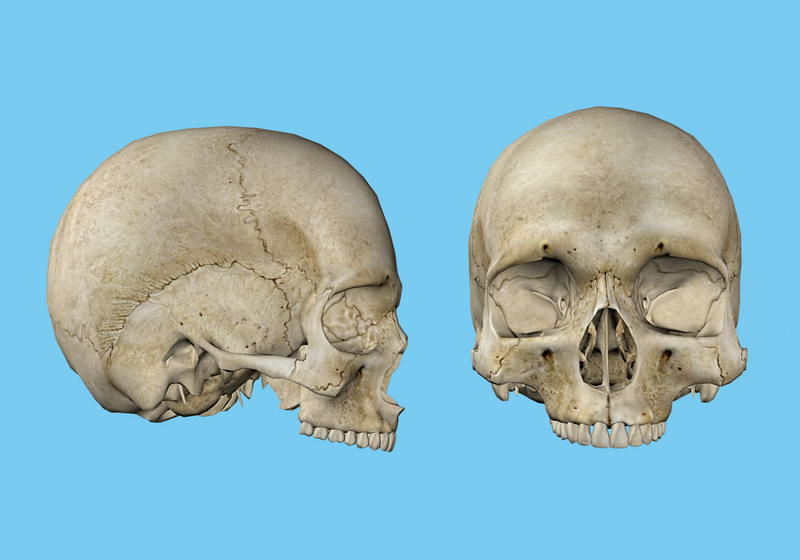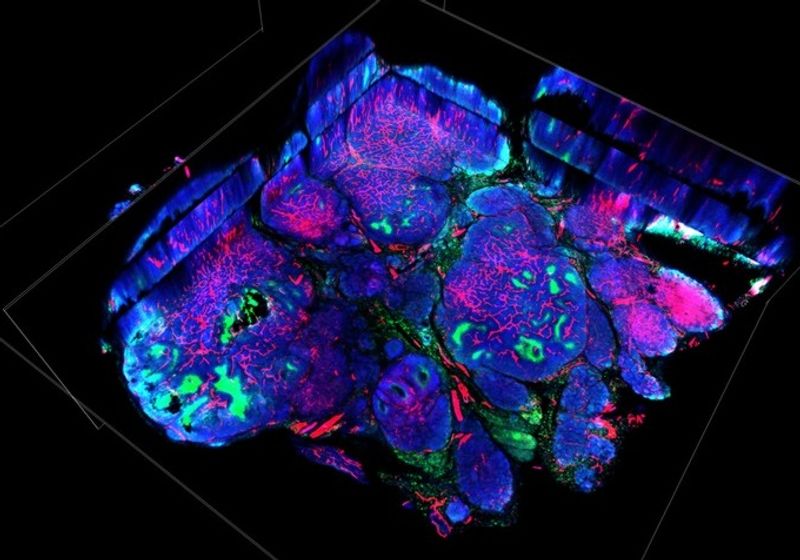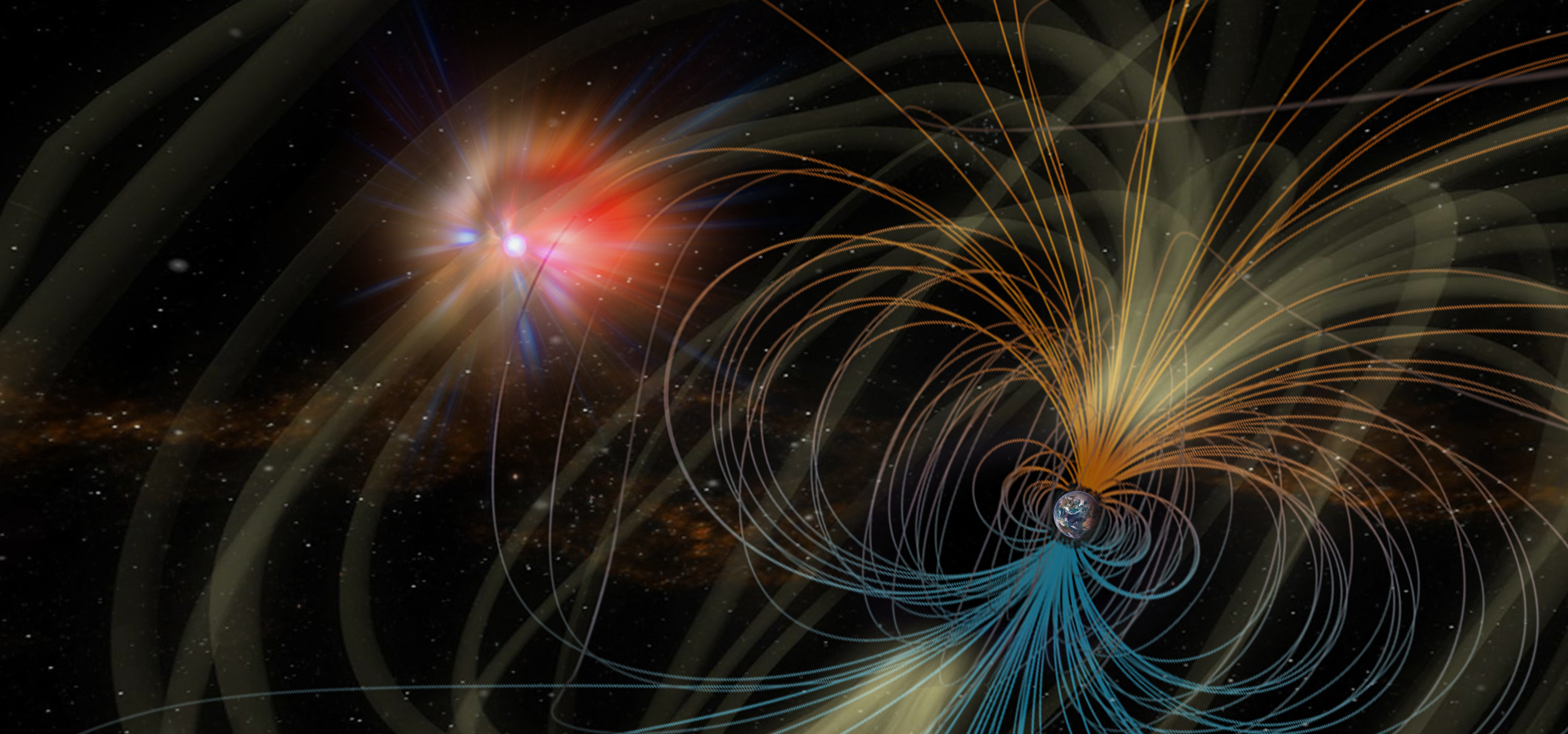Treatments available to repair damage to the skull as a result of trauma, surgery, or congenital anomalies are limited and sometimes involve risks. A study recently published in PNAS (1) offers an alternative approach inspired by how babies regenerate bone tissue. The researchers expanded on previous studies (2,3) showing that open sutures—the fibrous connective tissue holding bones together—in the skulls of newborn mice and humans are reservoirs of skeletal stem cells. The temporary mechanically-induced expansion of closed sutures in young adult mice resulted in the proliferation of skeletal stem cells and facilitated bone regeneration following an injury.
See “Apples Lay the Foundation for Regenerating Bone”
Compared to what we know about other joints and limbs, “we know a lot less on the craniofacial system in terms of mechanobiology,” said University College London biomedical engineer Mehran Moazen, who did not participate in this study but has previously collaborated with one of the authors. Moazen noted that a major contribution of this study is that it advances our knowledge about the impact of external forces on the structure of cranial sutures and the potential healing properties of such impact.
The team, led by Giuseppe Intini, a bone biologist at the University of Pittsburgh, first compared the cell composition of the calvarial suture—which joins the bilateral bones in the roof of the skull—in mice of different ages and found that the number of skeletal stem cells is significantly reduced in older mice compared to younger mice. Increased numbers of stem cells correlate with open sutures in newborns, leading Intini and his colleagues to wonder whether expanding the sutures in adults would increase the number of stem cells enough to harness their regenerative potential.
The team achieved this goal in 2-month-old mice, which Intini considered the equivalent of young adults in humans. When the researchers mechanically induced calvarial suture expansion, the number of skeletal stem cells increased significantly. Moreover, mice that received an injury to the skull near the suture simultaneous to the mechanical expansion exhibited near complete bone regeneration after 60 days, something that was not achieved in control mice without the expansion device. This mechanically-induced regeneration did not occur in 10-month-old mice, probably due to the limited supply of preexisting skeletal stem cells in the sutures, which is insufficient to achieve successful proliferation.
Finally, the team showed that suture stem cell proliferation and the resulting healing effects depend on Wnt signaling, a pathway that regulates key aspects of animal development.
Intini added that even if researchers could use existing devices to slowly pull craniofacial bones apart to study bone regeneration in humans, it might nonetheless be practical to investigate alternatives to this mechanical stimulation. This study is about a principle that activating a stem cell niche in the suture— “in this particular case, [using] mechanical expansion,” said Intini — results in a regenerative effect. “But we do have to find a more practical way to activate the stem cells.” Understanding the molecular mechanisms regulating skeletal stem cell proliferation and exploring ways to induce it by different means is key to achieve that goal, he concluded.
References
- Aldawood, Z.A. et al. (2023) “Expansion of the sagittal suture induces proliferation of skeletal stem cells and sustains endogenous calvarial bone regeneration,” Proceedings of the National Academy of Sciences, 120(16). Available at: https://doi.org/10.1073/pnas.2120826120.
- Zhao, H. et al. (2015) “The suture provides a niche for mesenchymal stem cells of Craniofacial Bones,” Nature Cell Biology, 17(4), pp. 386–396. Available at: https://doi.org/10.1038/ncb3139.
- Maruyama, T. et al. (2016) “Stem cells of the suture mesenchyme in craniofacial bone development, repair and Regeneration,” Nature Communications, 7(1). Available at: https://doi.org/10.1038/ncomms10526.














